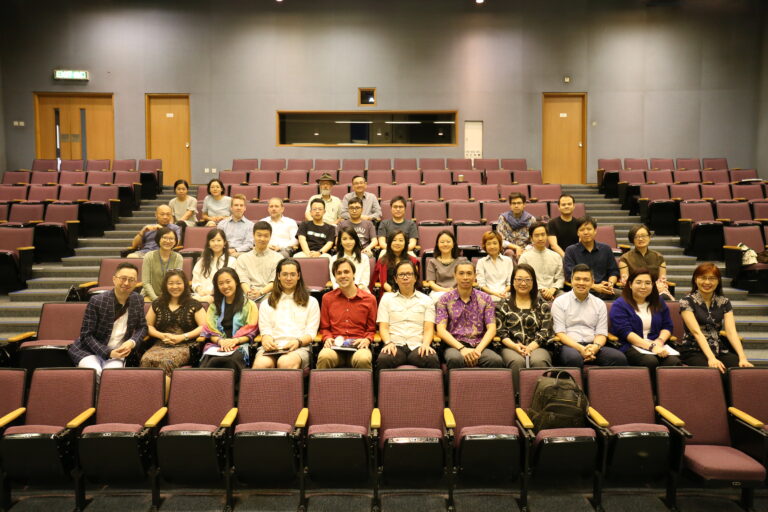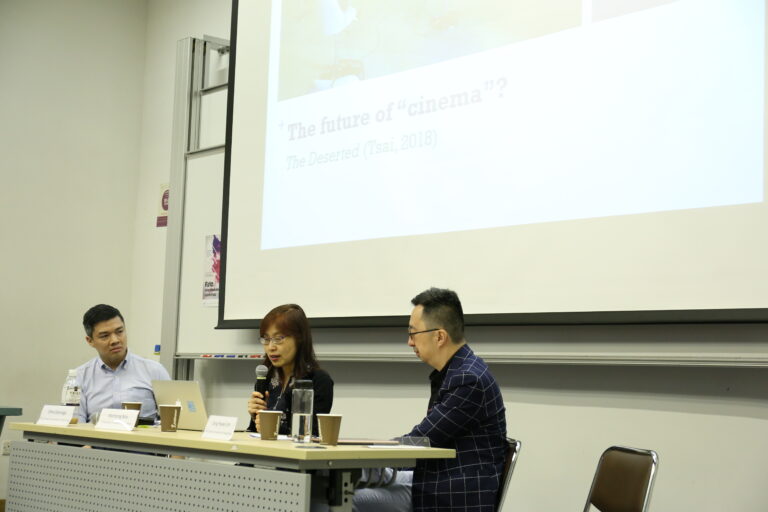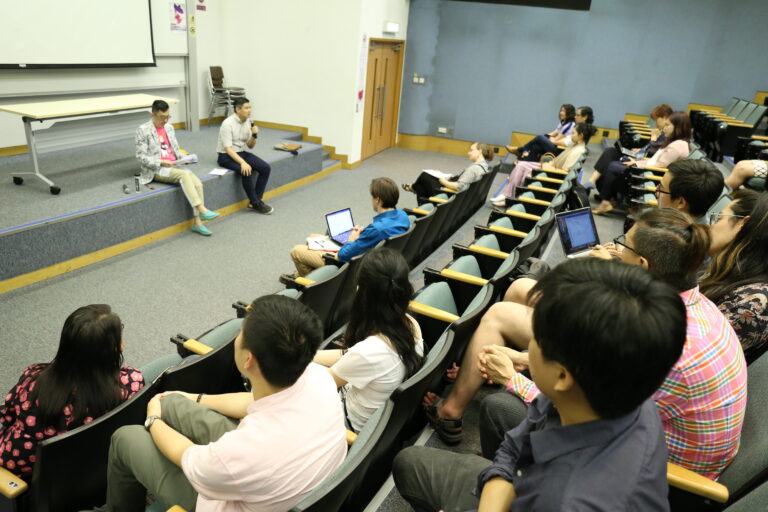Dorothy Wai Sim Lau (Hong Kong Baptist University)
This essay examines the intermedial process of East-Asian star construction in the backdrop of the convergence of film and Internet. The advent of new media and participatory culture enable ordinary audiences of various cultural backgrounds to readily transpose filmic and publicity materials about famed figures from DVD to fan-site, from movie website to blog, realizing a border-crossing form of star-fan dynamics. The phenomenon is intriguing for considering the case of Takeshi Kaneshiro, a half-Taiwanese, half-Japanese film star whose fame spans across localities and geographies in Asia. Since Chungking Express (1995), Kanshiro engineers his multi-lingual, ethnically vague screen persona that epitomizes a pan-Asian mode of storytelling and market integration. His shows sexy, exotic, mysterious kind of celebrity vigor that fascinates audiences with its novelty while making him inhabit a star space of which he does not seem to belong to. As his personality expands from film to Internet, such “neither here nor there” image, in Eva Tsai’s trope, continues and becomes the focus of online discussions and interactions. How do Internet users approach, negotiate and contend with Kaneshiro’s his culturally ambivalent image? In what manners does such image overlap or counteract with his screen personality? How does the fan-based occurrence inform the interplay between East-Asian and pan-Asian stardom? To respond to the questions, this essay explores Kaneshiro’s “no-where” star presence as re-articulated and reinvented on Internet forums. It suggests his persona occupies an intermedial space in which multiple voices, identities and agendas of users intersect that further obscure the cultural and national ambiguity of the appeal, which was once a salient aspect in star construction. It also argues East-Asian stardom, a term and a phenomenon which has certain emphasis on the geo-spatial and geopolitical connotation now becomes a diverse, fluid and volatile episode in the mediated environment. Thereby, this essay not only expands the parameters of theorizing and approaching stars that oscillate between cinema and cyberspace but also illuminate the possibilities of participatory cultural production processes in the latest times.
Dorothy Wai Sim Lau teaches at the Academy of Film, Hong Kong Baptist University. Her research interests include Asian cinema, transnational cinema, stardom, fandom, cyberculture, and digital culture. Her publications appear in journals like Journal of Asian Cinema, Journal of Chinese Cinemas, positions: asia media critique, and Continuum as well as in edited volume Lasting Screen Stars: Personas that Endure and Images that Fade (2016). Her first monograph, Chinese Stardom in Participatory Cyberculture, published under Edinburgh University Press, will be coming in 2018.



